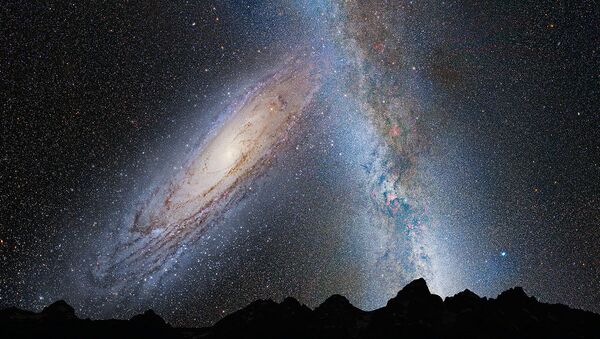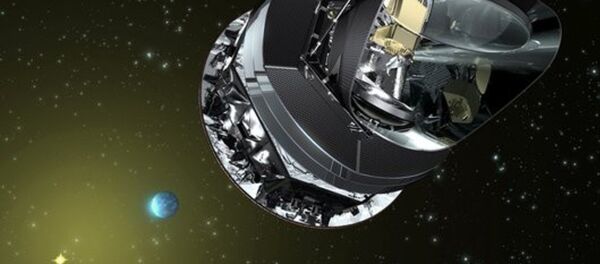However, after Planck's measurements were inserted into physicists' sophisticated calculations, unexpected results occurred, and that difference was too large to be considered within the margin of error. In particular, a theoretical figure known as the Hubble parameter, describing the rate of the expansion of the universe, and another parameter associated with the number of galaxies in clusters, both varied significantly with actual data obtained from observations.
"We are either dealing with some kind of unknown error, or the composition of the ancient Universe is considerably different to the modern Universe," said Igor Tkachev, head of the Department of Experimental Physics at Institute for Nuclear Research of the Russian Academy of Sciences (INR).
Tkachev, alongside colleagues Dmitry Gorbunov and Anton Chudaykin from the Moscow Institute of Physics and Technology and Novosibirsk State University, detailed a hypothesis that the discrepancy happened because of a change in the amount of dark matter in the universe.
Dark matter is not observable in optical or electromagnetic wavelengths, but creates a measurable gravitational impact. According to scientists, there is much more dark matter in the universe than there is ordinary matter, including the elements.
Interestingly, the Russian scientists calculated how much dark matter has disappeared since the era in which hydrogen was formed. Using data from observations of various cosmological effects, the researchers determined that somewhere between 2-5 percent of all dark matter has been of the unstable variant. When these 2-5 percent are introduced into calculations, theoretical models and our observations of the universe become much more coherent.
However, the scientists have left room for improvements in their model.
"We are not currently able to say how quickly this unstable part decayed," said Tkachev.
"Dark matter may still be disintegrating even now, although that would be a different and considerably more complex model," he added.




